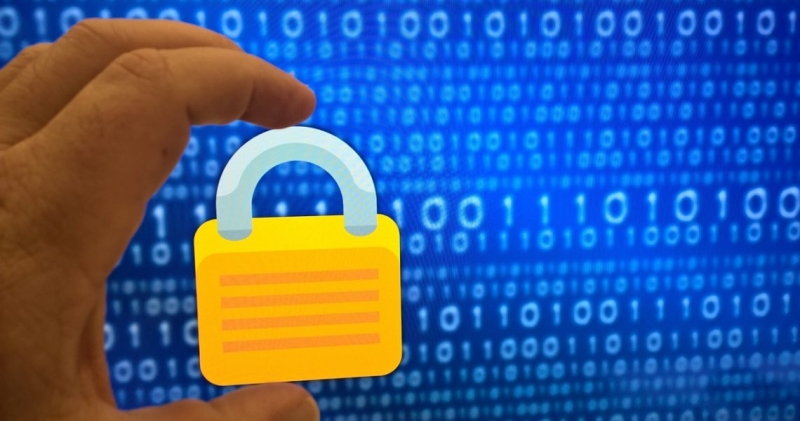
In this article we explore the topic of the CryptoNote computer protocol, on which many privacy coins are based including Monero (XMR).
CryptoNote offers anonymous transactions in a blockchain structure in which privacy and security are the most important factors.
Will cryptocurrencies built on this protocol survive, or will regulations from various governments around the world limit their adoption?
What is and how does the Monero Cryptonote protocol work?
CryptoNote is a proof-of-work computer protocol that enables the design and creation of cryptocurrencies within an anonymous, decentralized network.
Development and code updates are in the hands of a team of 7 unknown individuals led by one Nicolas van Saberhagen (nickname) and have been going on since 2013.
The team’s goal is to offer alternative solutions for a secure and egalitarian crypto world in which all users are equal to each other.
No one knows the real identity of the protocol’s developers: many believe that they were active in the creation of Bitcoin and in the early stages of cryptocurrency mining itself.
CryptoNote-based coins can rely on untraceable, secure, scalable, and decentralized transactions.
Unlike classic blockchains where it is possible to trace every token transfer from one address to another by verifying the balance, this protocol prevents any kind of tracking action, whether handled manually or through software.
This is possible through a specific mechanism called “ring signature” in which transactions signed by users are displayed as if they had been approved by a single group. In this way, during the verification process it is virtually impossible to trace back to the original creator, since all the signatures of the group members are indistinguishable from each other.
The “problem” of double spending, which plagues any design of infrastructures dedicated to cryptocurrency exchange, is solved in this particular case by the depiction of users’ private keys through a hashing function.
Any user can reject a transaction that has a duplicate image, hence enabling security even in the face of an anonymous network.
On CryptoNote, even the public key (the one that allows the funds deposit address to be displayed) has a special mechanism that prevents the violation of users’ privacy: whenever a user needs to receive P2P cryptocurrencies, a set of disposable keys can be generated. This solution represents a revival of the Diffie-Hellman protocol.
Benefits and dangers of using the protocol: the Monero case and privacy coins
The CryptoNote protocol offers a long list of user-side advantages that reinforce Bitcoin’s basic philosophy, elevating the principles of freedom of expression in the financial sphere to the highest levels.
As mentioned, the main advantage of blockchains created with CryptoNote concerns the privacy factor, as there is total coverage of the identity of those who transact with this protocol.
It is worth noting that in 2013 the issue of privacy was perceived in a totally different way than it is today: 10 years later, individuals on the web are more informed and aware of the importance of this value, but most of them continue to surrender their personal data to third-party services.
To date, those who make use of such solutions that protect identity on the Internet are perceived as criminals or drug dealers.
In any case, privacy is not the only front on which CryptoNote stands out. Other advantages of this protocol include cybersecurity, guaranteed through advanced encryption techniques, and scalability, with a transaction execution speed that makes Bitcoin envious.
Other highlights in this context include decentralization from any central authority, adaptability and customization for specific needs, and transparency of distributed digital ledgers in which CryptoNote obscures the identity of the parties involved in transactions but allows anyone to see their history.
Instead, among the disadvantages of computer protocol, we mainly find the difficulty in being applied and integrated with the world of traditional payments, in which every transaction is public and managed by a central bank.
Unfortunately, such a decentralized system is too extreme for the tastes of national governments, which cannot allow its expansion in any way.
While Bitcoin partly allows more savvy users to protect themselves from prying eyes while maintaining a totally transparent and decipherable network, CryptoNote-based blockchains are too exposed on the privacy side.
AML (anti-money laundering) rules cannot go along with cryptocurrencies like Monero, whose system is precisely based on totally anonymous and untraceable transactions. In June, Binance had announced the delisting of several privacy coins in Europe such as BEAM, XMR, MOB, FIRO and ZEN because of overly restrictive regulations in this regard.
However, the exchange has since backtracked on its decision by canceling the delisting, highlighting the complexity of the situation.
These kinds of protocols will probably not be able to become mainstream in the future and will be blocked by the regulator on duty, which can only allow it to survive within a niche market. As such, crypto nerds will continue to take advantage of CryptoNote regardless of national government decisions, but they will never be able to make its way onto mainstream infrastructure.

